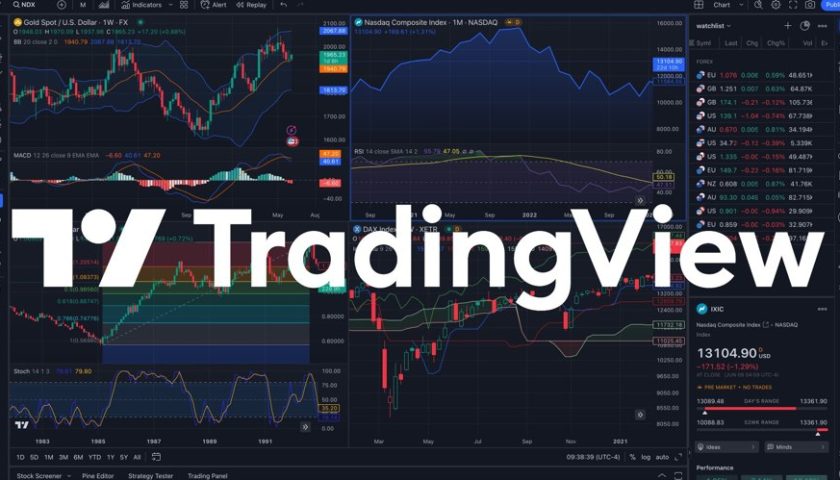Banks weigh more than numbers when they review a loan application. They study a company’s resilience, its ability to absorb shocks and its grasp of the risks around its operations. A strong profit line may impress, but gaps in protection can still make a lender hesitate. For a small or mid-sized firm, that hesitation can mean delays, tougher terms or an outright rejection.
Loan officers often ask for proof of insurance, but they also read between the lines. They want to see evidence that management understands what its cover does and where it stops. A policy purchased years ago and left untouched may not convince them. Financial institutions prefer borrowers who can explain their risk profile with confidence, showing that the business can survive a disruption and repay its debts.
This is where a business insurance adviser can shift the odds. Instead of waiting for a loan request to trigger a frantic search for paperwork, a company can work with a specialist months in advance. This adviser audits current policies, compares them with the firm’s operations and produces a clear, updated set of documents for the bank. By presenting a tidy, credible risk file, the company signals professionalism and stability before negotiations even start.
Imagine a construction supplier seeking a large line of credit to buy equipment. The bank demands not only collateral but also detailed certificates for liability, workers’ compensation and environmental cover. An adviser can spot outdated limits, identify missing endorsements and negotiate with insurers for better wording. The result is a loan package that shows comprehensive protection, giving the bank fewer reasons to delay approval.
Beyond paperwork, a skilled adviser can help tell the company’s story. Banks respond to a coherent narrative of how risks are identified, managed and monitored. This narrative might include regular safety audits, improved incident reporting or upgrades in supplier contracts. When a company links these improvements to its insurance programme, it demonstrates a deliberate approach to stability, which lenders often reward with better terms.
Cost-conscious owners may worry that engaging a specialist raises expenses. Yet many find that reviewing policies uncovers duplication or misclassified assets. Cleaning up these areas can lower premiums, freeing cash to service debt. It also creates a leaner and more transparent risk profile. This transparency makes it easier for banks to model potential losses and reduces their perception of uncertainty.
Timing also matters. Banks prefer to see an insurance review already completed rather than promised after the loan closes. A company that arrives with fresh certificates and explanations shows it can plan ahead. That planning builds trust and speeds up the credit decision. It also positions the firm as a reliable partner rather than a risk-seeker hoping for leniency.
Another context where the adviser adds value is covenant management. Some loans include clauses requiring certain cover levels throughout the loan term. A specialist can monitor these covenants and alert the business before it drifts out of compliance. This proactive stance avoids technical defaults that could strain relations with the lender or trigger penalties.
Employees play a subtle role too. Banks may visit sites or request operational data. Well-trained staff who understand safety and incident procedures help paint a picture of disciplined management. Advisers often help create simple guides for staff, ensuring that daily practices back up the company’s claims in its loan application.
In the longer term, involving a business insurance adviser in financial planning meetings can link risk management to capital strategy. Instead of treating cover as an afterthought, the company weaves it into expansion plans, asset purchases and staffing models. This integration makes future loan negotiations smoother and reinforces the company’s reputation as a well-run borrower.
No single tactic guarantees bank approval. Economic cycles, sector risk and policy changes still influence credit decisions. Yet showing a clear, active grip on risk shifts the conversation from “if” to “how much.” Over time, that shift can reduce borrowing costs, open larger credit lines and position the business for partnerships beyond lending.





